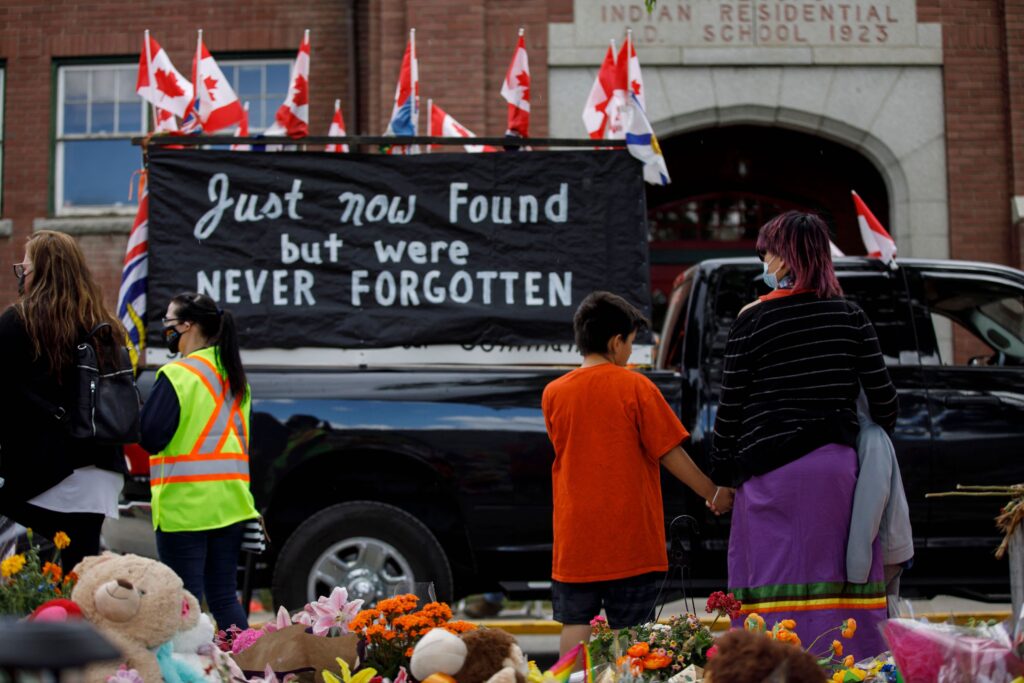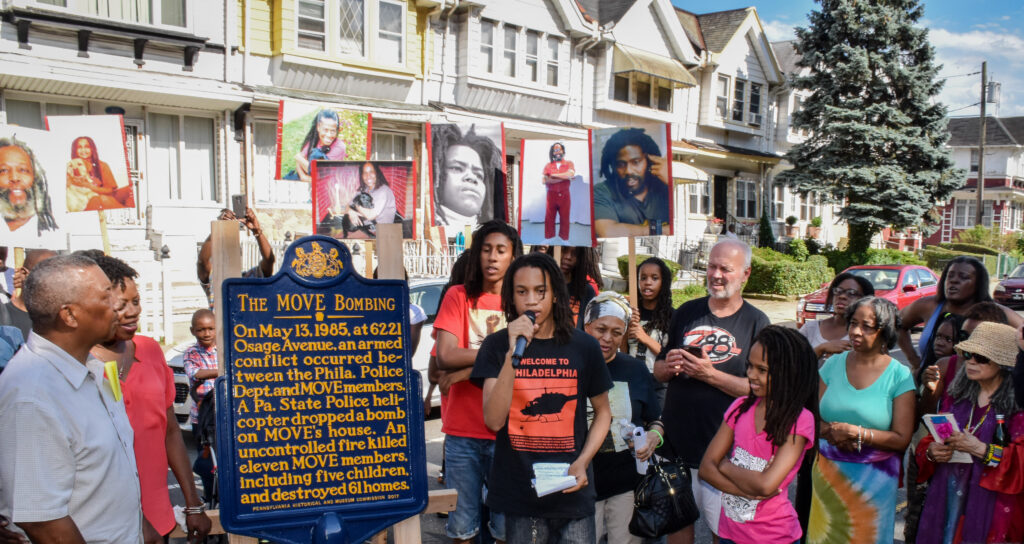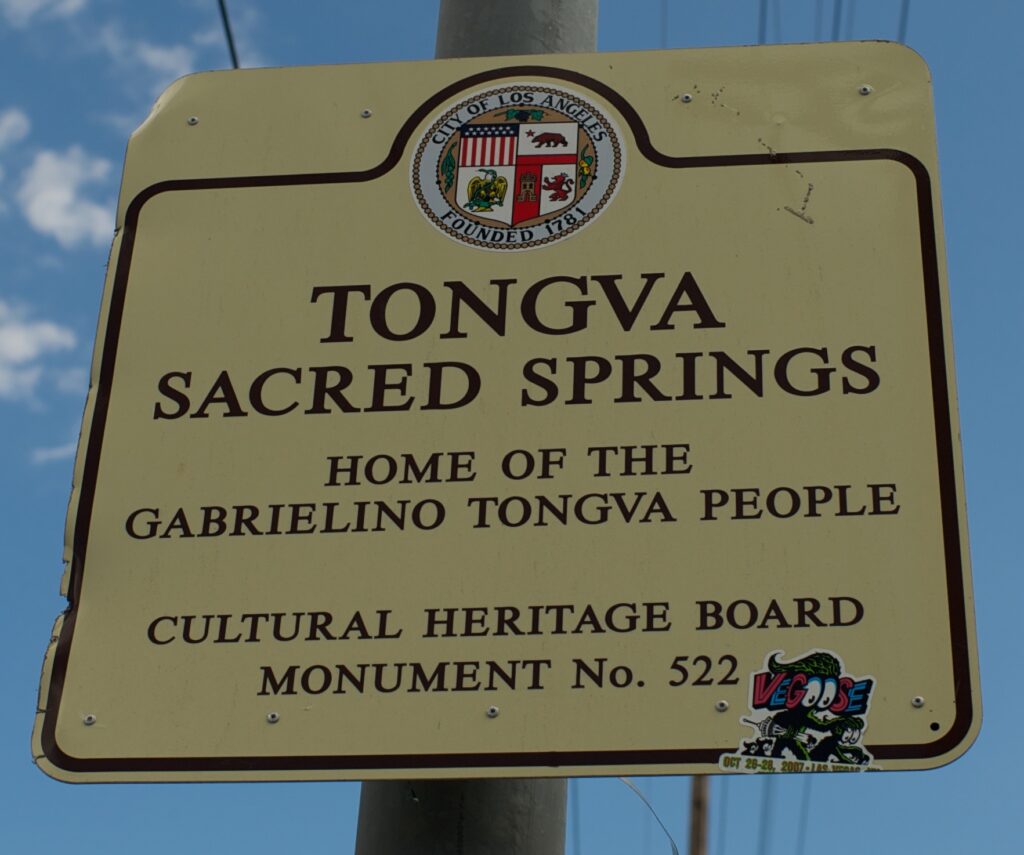Advocating for Archaeology’s New Purpose

The following individuals co-authored this essay: Lindsay M. Montgomery (University of Toronto), Anna S. Agbe-Davies (University of North Carolina, Chapel Hill), Craig Cipolla (Tufts University), Stephen Mrozowski (University of Massachusetts, Boston), Nate Acebo (University of Connecticut), Stacey Camp (Michigan State University), Wade Campbell (Boston University), Edward Gonzalez Tennant (University of Texas, Rio Grande Valley), Alexandra Jones (Archaeology in the Community), Carol McDavid (Community Archaeology Research Institute), Alicia Odewale (University of Tulsa), Emily Van Alst (University of Indiana), William A. White (University of California, Berkeley).
In April of 2021, news broke that University of Pennsylvania anthropologists kept the remains of two Black children killed in the 1985 Philadelphia MOVE bombings, without permission from the victims’ family members. The resulting public outcry renewed debates about the ethical treatment of human remains and anthropology’s racist history.
One month later, anthropologists made headlines again, but this time the researchers served as allies collaborating with Indigenous communities: Using archaeological methods, the scientists helped locate and document the unmarked graves of about 200 Tk’emlúps te Secwépemc children at the Kamloops Indian Residential School in British Columbia, Canada.
These events exemplify two faces of anthropology. The unethical handling of MOVE victims reminds us of the field’s deep entanglements with anti-Blackness and white supremacy. Early anthropologists developed pseudoscientific racial hierarchies that were used to justify colonialism, slavery, and oppressive anti-Black policies. Yet the discovery of Indigenous children’s graves shows that archaeology’s unique toolkit can contribute to truth-telling and healing by documenting past harms.
As archaeologists committed to social and racial justice, we advocate for a fundamental shift in archaeology’s purpose. Inspired by the use of archaeological methods in locating Tk’emlúps te Secwépemc remains, we believe archaeologists can help communities regain places, ancestors, and belongings; reveal historical truths; and contribute to cultural revival and healing. We call these acts “archaeological reclamation.”
This work does more than redress the discipline’s racist past. By exposing hard truths, archaeological reclamation can play a key role in broader social justice movements that demand a more just and equitable future.
THE goal of reclamation
We are archaeologists who came together virtually in 2022 to share ideas about how archaeologists can contribute to the R terms of social change: Restitution attempts to restore relationships and statuses disrupted by settler colonialism in the U.S. and Canada. Reconciliation entails truthful and forward-looking discussions about the violent and damaging nature of colonialism. And reparation refers to financial compensation for racial injustices.
These Rs represent approaches to social change that contribute to the broader goal of a fourth R, reclamation. For us, archaeological reclamation specifically means that communities can assert control over their meaningful places, ancestors, belongings, and historical narratives.
Our concept of reclamation has many parallels with the use of this term by Indigenous activists in their efforts to reclaim lands stolen during colonization. But our definition includes a broader range of resources and descendant communities.
And archaeologists are well equipped to help. Rather than simply uncovering past human activities, archaeology becomes a tool of community empowerment when used for reclamation.
ARCHAEOLOGICAL RECLAMATION IN ACTION
The authors of this piece are doing the work of archaeological reclamation, though we approach it in different ways. These differences are influenced by our identities (some of us identify as White, Black, Indigenous, or people of color), where we work (universities, regulatory archaeology, museums), and what types of communities we work with. Our experiences show how archaeology can contribute to reclamation in three major ways.
First, archaeologists uncover tangible evidence that can be used to reclaim control of, and ensure sustainable access to, significant places and landscapes. The modern notion of private property was employed by White settlers to justify taking Indigenous lands. These lands, however, also contain concrete evidence of Indigenous presence in the form of archaeological sites.
By documenting these sites, some of us are helping Indigenous communities reclaim lands or the histories told about those places. For instance, University of Connecticut archaeologist Nate Acebo collaborated with the Tongva-Gabrielino, a non–federally recognized Indigenous community in southern California, to document the unwritten history of the Black Star Canyon settlement. Rather than focusing on a 19th-century massacre that occurred there, Acebo’s research found archaeological evidence that supported the Traditional Stories of Tongva-Gabrielino elders. These Oral Traditions described complex interethnic trade networks and the deep history of land use that surrounded the site.
Second, archaeologists are trained to synthesize objects, written texts, and oral histories in ways that uncover aspects of the past that have often been ignored or suppressed by people with power.
For instance, Boston University archaeologist Wade Campbell uses archaeological evidence, such as architectural remains of fenced sheep pins, to document Diné (Navajo) herding practices over time. Incorporating Oral Traditions, Wade’s research gives voice to elements of the Diné past that aren’t recorded in colonial archives. This work challenges dominant narratives about Diné history, which have focused on the earliest periods of Euro-American colonization.
Finally, archaeology can help community partners reawaken and revive traditional practices. Many Euro-colonial institutions—missions, incarceration camps, residential schools, and more—inflicted violence and lasting trauma on the societies they sought to oppress. In some cases, traditions were hidden, dramatically transformed, or lost.
But collaborative archaeology can shed light on these traditions so they can be remade in the present and future. For example, discussions with Lakota elders guided Indiana University anthropologist Emily Van Alst to begin research on rock art sites and their connections with traditional spiritual practices. Emily plans to use archaeological evidence from rock art to aid Lakota efforts to reclaim these sites, restore rock art ceremonies, and institute culturally appropriate conservation.
JOINING GLOBAL MOVEMENTS
Collectively, our experiences and research highlight the diverse ways that archaeologists are contributing to reclamation. A growing number of archeologists are using the discipline’s tools to reclaim sites and landscapes, to rewrite narratives about historically marginalized communities, and to restore cultural traditions. While these efforts toward archaeological reclamation have often focused on violence in the past, they ultimately aim to empower communities in the present.
For us, archaeological reclamation belongs to the global discourse around social justice, anti-Blackness, and colonialism. The Black Lives Matter movement, the #MeToo movement, and Indigenous demands for truth and reconciliation have brought much-needed attention to systemic, persisting injustices in settler colonial nations such as the United States and Canada.
Not just the concern of Indigenous and historically marginalized groups, truth and reconciliation are essential for creating more equitable and just societies for all. Building awareness about difficult and harmful histories is a critical first step in addressing the lasting impacts of these histories.
Although colonialism and racism impact people in vastly different ways and to varying degrees, everyone is living with their consequences now. As University of California, Berkeley, archaeologist William White asked our group: “What can archaeologists do to take everyone into the future?” From our perspective, archaeologists can contribute to necessary reckonings through community-driven reclamation.


































